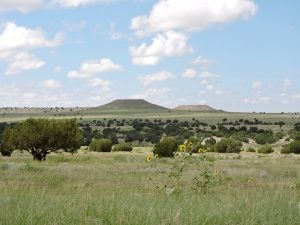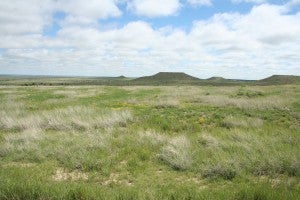In June, a portion of my neighborhood in Flagstaff, Arizona, was put on pre-evacuation notice due to a nearby wildfire. A few weeks later, storms dumped heavy rains over a burn scar from a 2019 fire that caused destructive floods through parts of town. So far, this summer has been our third-wettest monsoon season on record, a complete contrast from our two driest monsoon seasons on record in 2019 and 2020.
These extremes are just a few local examples of the havoc that climate change is causing around the world. Here in the West, we are now in uncharted territory with the first-ever shortage declaration on the Colorado River.












 As populations in Colorado and the West continue to grow, water is moving from farms to cities. The current practice of “buy and dry” in Colorado – buying farmland only for its water – is bad for farmers, bad for rural communities and bad for critical ecosystems across the state.
As populations in Colorado and the West continue to grow, water is moving from farms to cities. The current practice of “buy and dry” in Colorado – buying farmland only for its water – is bad for farmers, bad for rural communities and bad for critical ecosystems across the state.